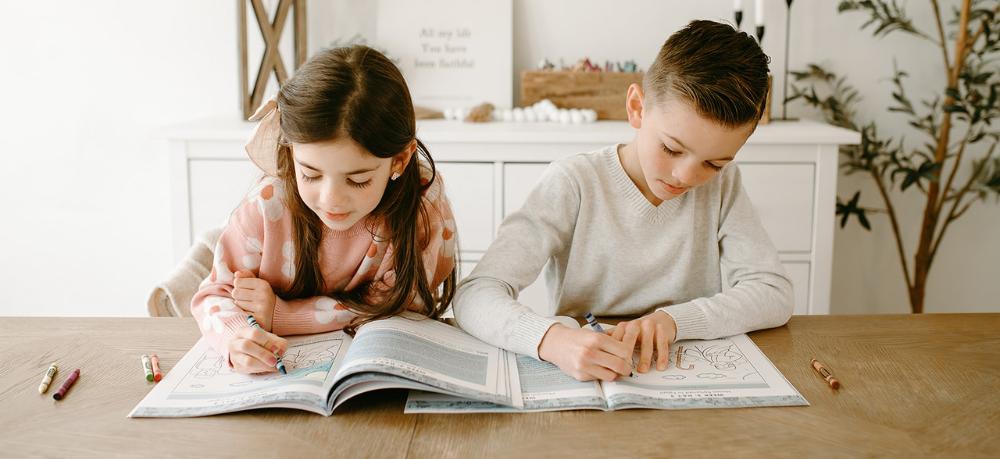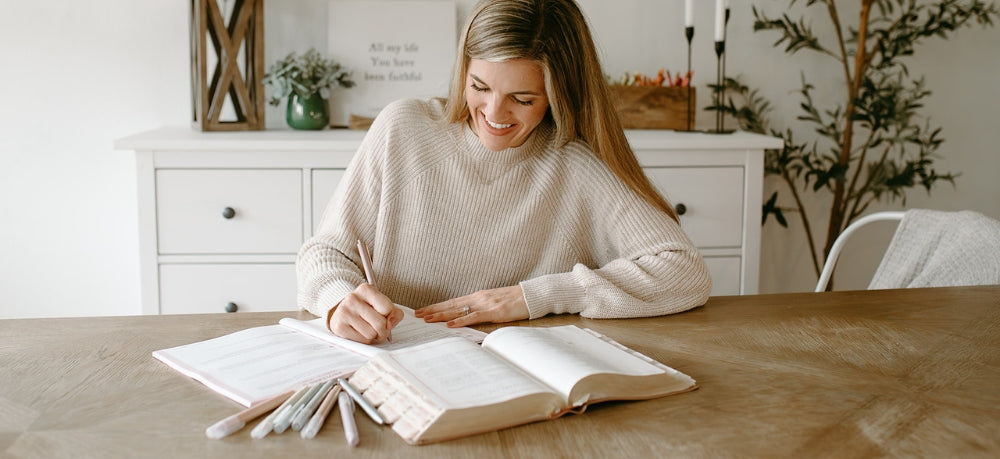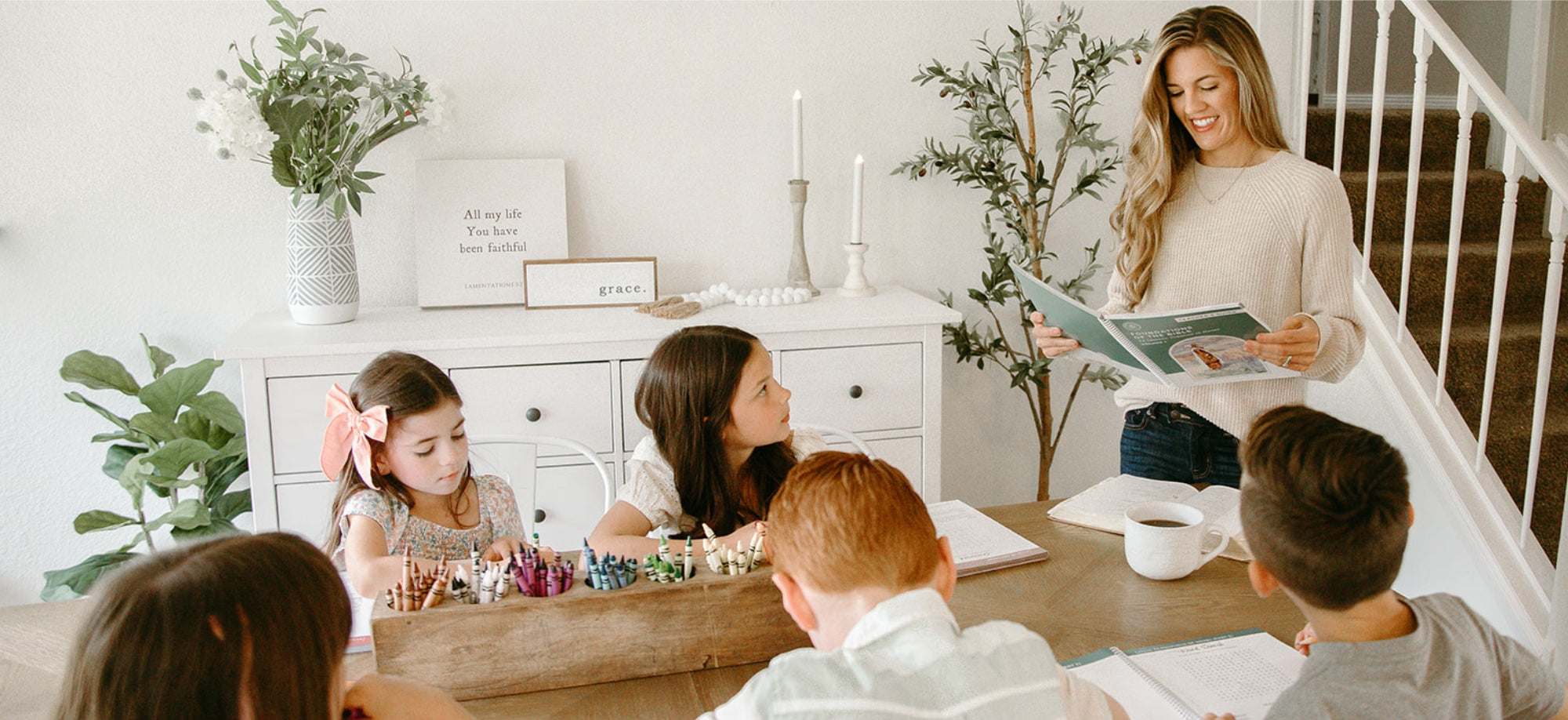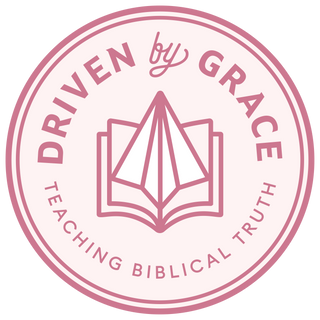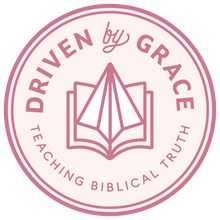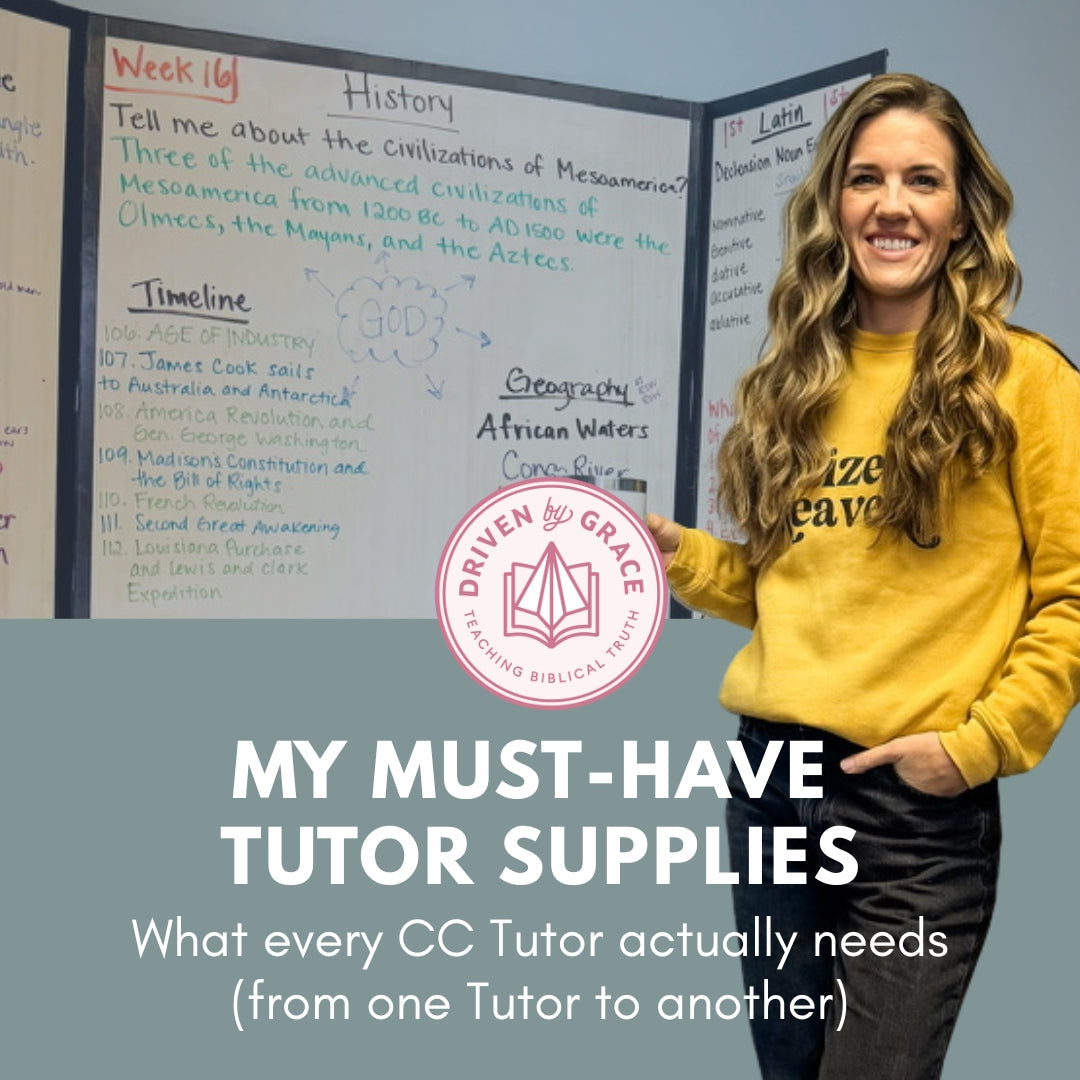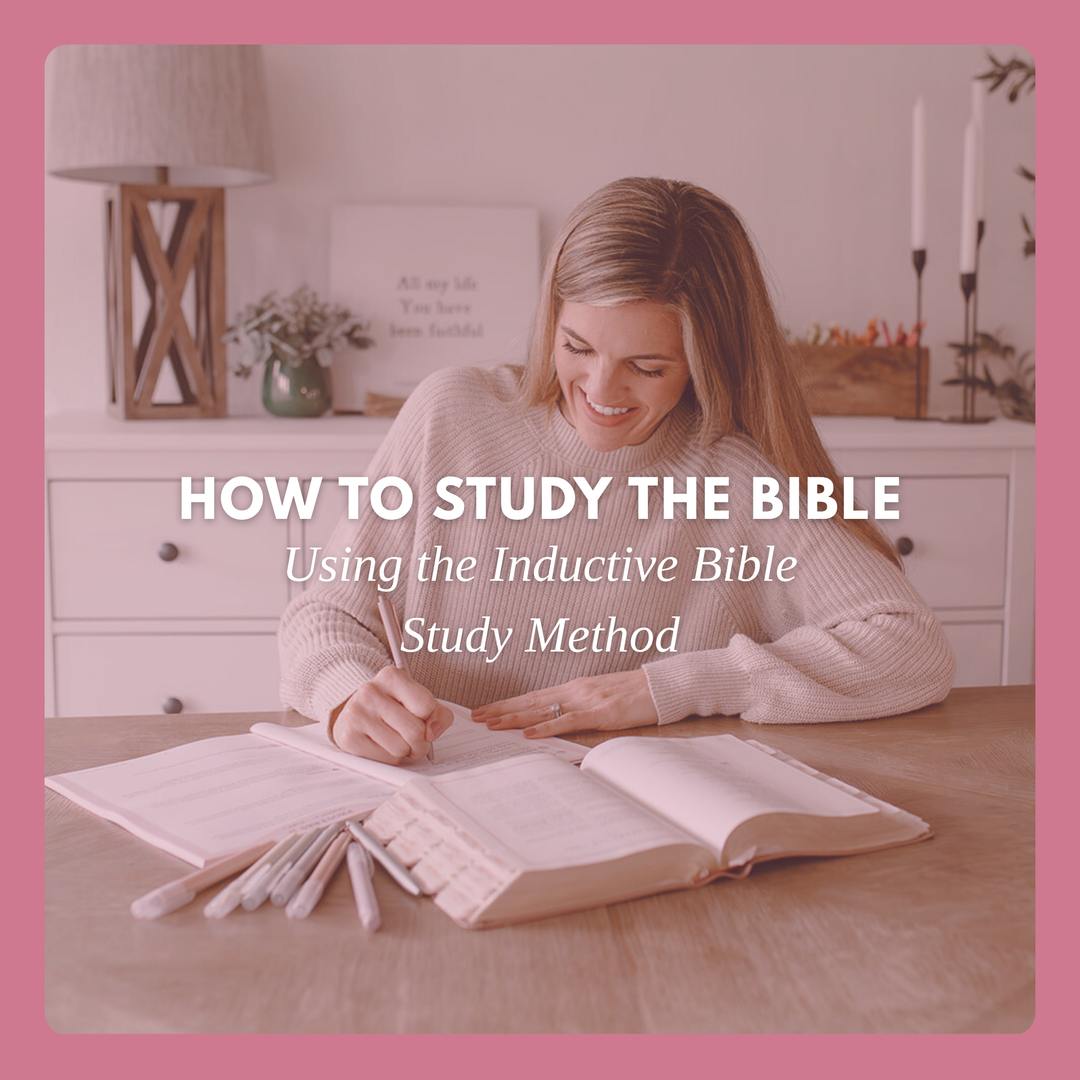My Must-Have Supplies as a Classical Conversations Tutor

My Must-Have Supplies as a Classical Conversations Tutor (Minimal + Budget-Friendly)
If you’re a Classical Conversations tutor looking for practical, budget-friendly supplies that actually make class days run smoother, this list is for you.
My Philosophy as a Tutor
My philosophy as a Classical Conversations tutor is to buy what I truly need to be effective without going over the top. I try to keep my supplies minimal and often use what I already have at home.
If you plan to tutor for multiple years, many of these items will serve you well year after year. I also like to keep my budget lower so that the money I earn from tutoring (which, let’s be honest, isn’t much) can go right back toward my children’s tuition fees. That’s my whole goal.
Below are the items I use most often as a tutor and why I love them. I've saved all of these items to an Amazon collection to help you easily find them in one spot. Scroll down to see how I use these items each week.

1. Visual Timer
This keeps me on track with each portion of the day. New grammar, presentations, hands-on science, fine arts, and review. We have 30 minutes for each section, and a visual timer helps both me and the class stay focused.
The kids love watching the time tick down and are quick to remind me when it’s almost up! It creates structure and keeps transitions calm and predictable.
2. Bluetooth Speaker
I use a small, portable speaker to play our timeline, history, math, and Latin songs. I’ve been in classes where tutors try to play songs straight from their phone, and it’s hard for the kids to hear, so a speaker is worth the investment.
It’s also great for games like musical chairs, hot potato, or anything that involves music.
Bonus tip: Create a “Tutor Playlist” on your phone with each week’s songs for history, math, timeline, Latin, and Bible. I use Apple Music and keep them all in one place so I can hit play without searching. The Classical Conversations albums are all available on Apple Music if you have a subscription.
3. Popsicle Sticks with Kids’ Names
Instead of putting pressure on myself to choose presenters, I write each student’s name on a stick.
Each week, one child is assigned as the Class Helper (I make this list before the year starts). The class helper presents first, passes out maps, and assists with special tasks for the day.
Before the first presentation, the helper pulls a stick to choose who goes next. This gives the next student time to prepare and takes away the element of surprise, which helps everyone feel more confident.
4. 1” Binder
My binder is my brain on paper.
I keep timeline cards, fine arts notes, science scripts, review games, and my weekly tutor plans all in one place. I tuck my plan for the day into the front cover so I can quickly glance at it as we move through class.
5. Pencil Pouch
This small detail makes a big difference! I keep all my pencils, markers, and popsicle sticks inside so they don’t get lost in my bag.
6. Wagon or Utility Cart
This is one of my most-used items as a Classical Conversations tutor. I use a collapsible wagon that fits my tri-fold whiteboard, lunch bag, and backpacks.
Several friends use rolling utility carts and love them just as much. You just have to carry your board separately. Either way, it’s worth having something sturdy to haul everything from your car to the classroom.
7. Clear Storage Box with Lid
I keep all of my tutoring supplies in one clear bin so I can easily see everything at a glance. It keeps me from scrambling each week trying to find what I need and allows me to just grab the bin and go.
If you tutor multiple years, you’ll love how easy it is to store everything together when the year wraps up.
8. Sheet Protectors or Dry-Erase Pocket Sleeves
Instead of laminating (which takes forever), I slide maps or printouts into sheet protectors or dry-erase pockets.
The kids can reuse them for tracing or labeling, and they hold up beautifully all year long.
9. Magic Erasers
These are a must-have for any mom or tutor. I keep a few in my supply bin because they clean everything: tutor boards, student maps, tables, you name it.
They also save a lot of time and keep my board looking fresh all year.
10. Pointer Stick
A simple tool that instantly adds fun to the classroom. Kids love taking turns being “teacher” and using the pointer to review timeline cards, math, or geography.
11. Dry-Erase Dice
These make review games quick and engaging! You can write subjects, topics, or week numbers on them and change it up easily since they’re erasable. Tip: you may want to use wet-erase markers so they don't wipe off too easily while rolling them.
They’re great for keeping kids engaged when energy starts to fade toward the end of class.
12. Puppets (Homemade or Store-bought)
I have the youngest class this year (ages 4–6), and puppets are a huge hit!
I made one from dollar store supplies with a dusting mitt, pipe cleaners, and googly eyes. We named her Lola Pupa and loved her so much that the kids started bringing their own puppets to class the next week.
If you’d rather skip the craft, I linked a cute puppet set in my Amazon list.

13. Dry-Erase Markers (Fine and Regular Tip)
I love a colorful, cheerful board, so I always grab the assorted colors. Fine-tip markers are especially helpful for tracing maps or writing small details clearly. For littles, I color code each location on a map so I can say things like, "the blue river is the Seine River, the red river is the Rhine River, etc..."
14. My Tutor Board
This is one of the questions I get asked most often from other tutors.
My board was actually handed down from a friend and has been such a blessing. It’s made out of shower board from Lowe’s or Home Depot and held together with duct tape. Believe it or not, it’s been going strong for four years!
The size of my board is 64” wide by 32” tall. It’s basically two 32” panels, with one cut in half to make the side wings.
I don’t have step-by-step instructions for mine, but I found a great blog that walks you through the process. Her sizing is a little different, but you can adjust it to fit your needs. I wouldn’t recommend going wider than 64” or it becomes hard to carry. Link to Blog

YouTube Tutor Playlists
In case you didn’t know, I’ve created tutor videos for every subject to help you learn songs and hand motions for class!
They’re organized into weekly playlists that include my favorite timeline motions, fine arts lessons, and hands-on science demonstrations.
These videos will cut your prep time in half (or more) and make tutoring so much easier.

Shop My Tutor Supplies
You can find all of my favorite Classical Conversations tutor supplies, classroom tools, and extras on my Amazon list here:
👉 Shop the Tutor Supply List
Final Thoughts
Being a Classical Conversations tutor doesn’t require a room full of supplies or a big budget.
Start small. Choose tools that help you stay organized, keep class flowing, and make learning enjoyable for your students. Try to leverage items you already have at home.
Your energy, joy, and preparation matter far more than how much you bring with you on community day.
So keep it simple, be resourceful, and remember that stick in the sand philosophy that Classical Conversations reminds us to use!
*Please note: Some links are affiliate links that provide a small commission to me at no additional expense to you. I appreciate you shopping through the links to support the efforts behind Driven By Grace — thank you!
